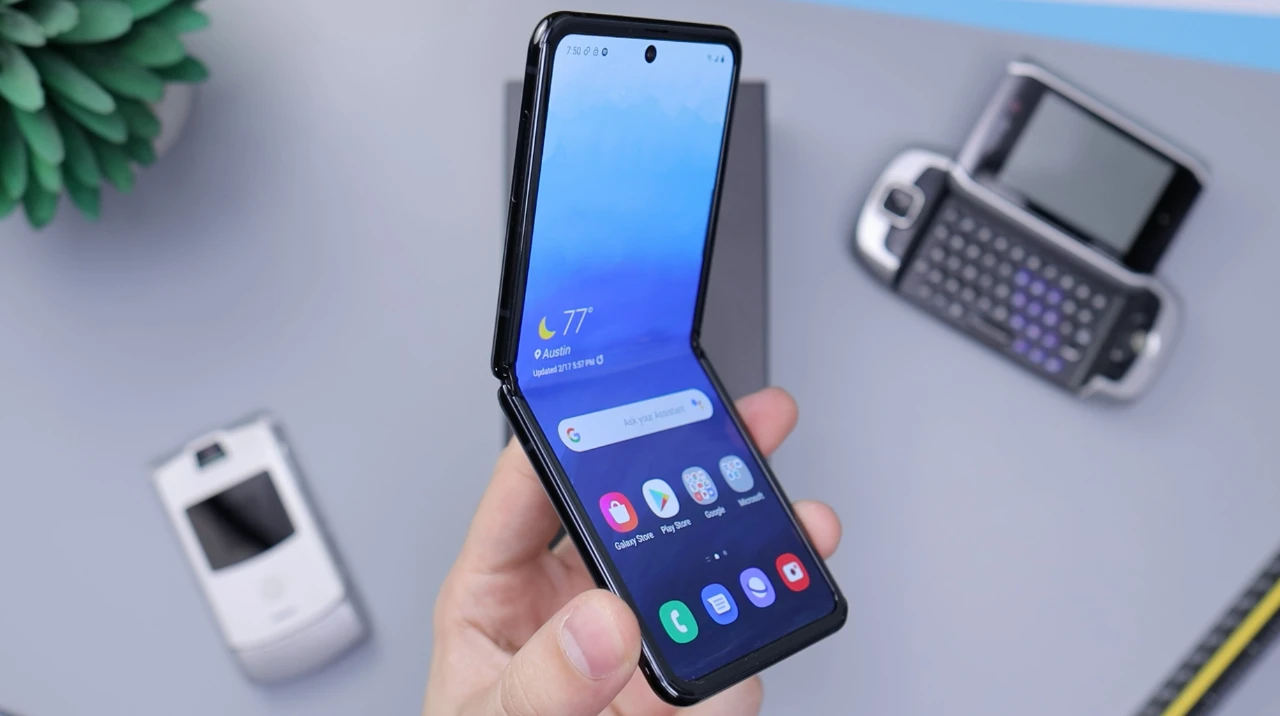
Android smartphones frequently arrive equipped with an assortment of built-in Android apps, widely referred to as bloatware. This term encompasses a variety of software that, while intended to offer additional features and functionality out of the box, can inadvertently consume precious storage space on your device, deplete the battery at a faster rate, and in certain instances, operate in the background unbeknownst to the user. Although it’s not always possible to entirely eliminate every pre-installed application due to restrictions placed by the manufacturer or carrier, there are several strategies available to streamline your device’s app ecosystem.
These methods can help you to disable or hide the applications that you find unnecessary or seldom use, thereby reclaiming some of that valuable storage space and potentially improving your device’s overall performance and battery life.
Understanding Pre-installed Apps
Before we dive into the deletion process, let’s clarify the different kinds of pre-installed apps:
- System Apps: These apps are integral to the core functionality of your Android operating system. They include apps like your phone dialer, settings, and messaging.
- Completely removing these is generally not advisable as it can disrupt your phone’s operation.
- Carrier/Manufacturer Apps: Phone carriers and manufacturers often add their own suite of apps.
- These might include news apps, carrier-specific utilities, or branded entertainment services.
Methods for Dealing with Pre-Installed Apps
Here are the main ways to handle those pesky pre-installed apps:
1. Uninstalling
Through Settings:
-
- Go to your phone’s Settings app.
- Tap on Apps & notifications (or a similar option like Apps).
- Locate the app you want to remove.
- Tap on Uninstall. If this option is greyed out, the app is likely a system app and can’t be fully uninstalled. Proceed to the ‘Disabling’ method below.
Via Google Play Store:
- Open the Google Play Store.
- Tap your profile icon in the top right corner.
- Go to Manage apps & device.
- Select the Manage tab.
- Find the app you wish to remove.
- Tap Uninstall.
2. Disabling
If an app cannot be uninstalled, disabling is often the best option:
- Follow the same steps as for “Uninstalling Through Settings.”
- Instead of “Uninstall,” you should see a Disable button.
- Tap Disable and confirm the action.
Disabling an app stops it from running in the background, prevents it from using data, and hides it from your app drawer.
3. Advanced Removal (Rooting Required)
Important: Rooting your Android phone involves modifying core system files and usually voids the warranty.
Proceed with caution and only if you’re comfortable with the potential risks.
Rooting grants you greater control over your device, including the ability to permanently remove system apps. However, it’s crucial to research thoroughly and ensure you understand the process before attempting this.
Additional Tips
- Hidden Bloatware: Some manufacturers make it less obvious what is pre-installed.
- Always check your full app list carefully.
- App Updates: Uninstalling may only revert a pre-installed app to its original factory version. To prevent it from updating again, you may need to disable automatic updates in the Google Play Store settings.
A Cleaner and Faster Android Experience
By meticulously examining and selectively removing or disabling those pre-installed applications that are not essential to your daily use, you can reclaim significant amounts of storage space that were previously occupied. This process not only frees up space on your Android device but could also lead to a noticeable enhancement in your phone’s performance. Applications running in the background can slow down your device and affect its efficiency; by eliminating or disabling these, you reduce the number of active processes, which can help your phone operate more smoothly. Additionally, streamlining the number of applications on your device contributes to a more organized and less cluttered Android experience, allowing you to focus on the apps that truly matter to you. This deliberate approach to managing pre-installed software ensures that your device remains optimized for your specific needs and preferences, resulting in a more personalized and efficient user experience.
Image Credit: Daniel Romero
Filed Under: Android News, Guides, Mobile Phone News
Latest timeswonderful Deals
Disclosure: Some of our articles include affiliate links. If you buy something through one of these links, timeswonderful may earn an affiliate commission. Learn about our Disclosure Policy.

